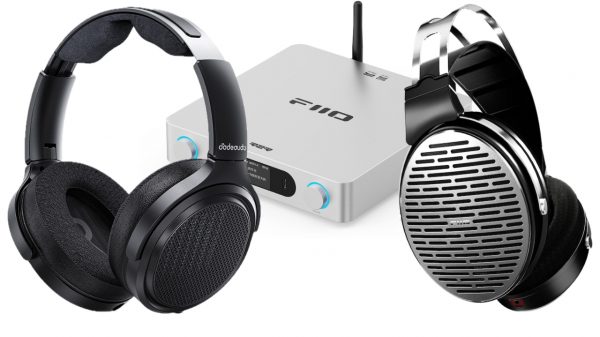Okay, perhaps it’s a bit of a hokey metaphor, but there are apparently still people out there believe that because Storage Area Networks (SANs) utilize high-speed disk technology such as RAID that they don’t suffer the effects of file fragmentation.
A SAN is a high-speed special-purpose network (or subnetwork) that interconnects a number of data storage devices (usually hard drives) with data servers. They generally implement multiple physical disk drives in some form of fault tolerant disk striping (RAID), and do provide a great benefit to an enterprise: because stored data does not reside directly on any of a network’s servers, server power is utilized for business applications and network capacity is released to the end user.
Because the purpose of fault tolerant disk striping is to offer redundancy, as well as improved disk performance by splitting the I/O load, it is a common misconception that fragmentation does not have a negative impact. But moving in a bit for a closer look, it can be readily seen that file fragmentation does indeed impact a SAN.
Physical members in a SAN environment are not read or written to directly by an application. Even the Windows file system sees each set of striped drives as one single “logical” drive. As an application reads and writes to this virtual environment (creating new files, extending existing ones, as well as deleting others) the files become fragmented. Because of this fact, fragmentation on each logical drive will have a substantial negative performance effect.
When an I/O request is processed by the file system, there are a number of attributes that must be checked which cost valuable system time. If an application has to issue multiple “unnecessary” I/O requests, as in the case of fragmentation, not only is the processor kept busier than needed, but once the I/O request has been issued, the RAID hardware and software must process it and determine to which physical member the I/O request must be directed. Intelligent RAID caching at this layer can mitigate the negative impact of physical fragmentation to varying degrees–but it will not solve the overhead caused to the operating system with the logical fragmentation.
Because a SAN system is created, in part, as a high-speed storage solution, regular defragmentation is a must. But given today’s demanding applications, as well as the escalating number of sites that now operate 24X7, scheduled defragmentation cannot keep up. Fragmentation continues to occur in between scheduled runs, and in some cases isn’t impacting fragmentation at all. Additionally, the negative impact of defragmentation on performance has become intolerable in the constant access of a SAN environment.
The perfect defragmentation solution for SANs is one which will operate transparently, consistently, and without scheduling. It will only utilize available system resources, hence will have no negative performance impact. This basically means the drives within a SAN remain defragmented all the time, and maximum performance and reliability are assured.
So yes, SANs definitely do suffer from fragmentation. A fully automatic, transparent defragmentation solution is the best answer.























